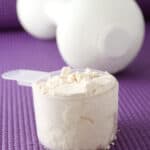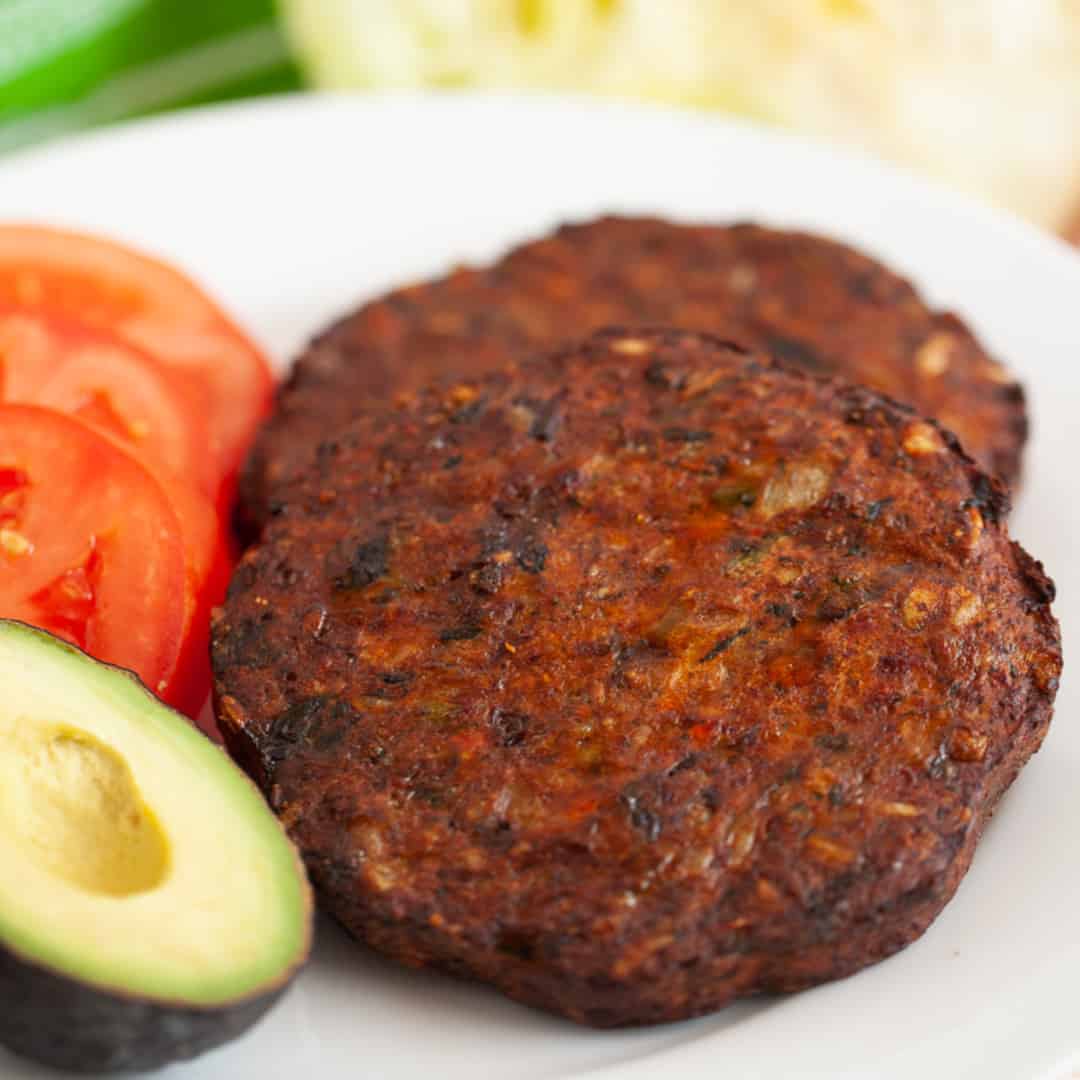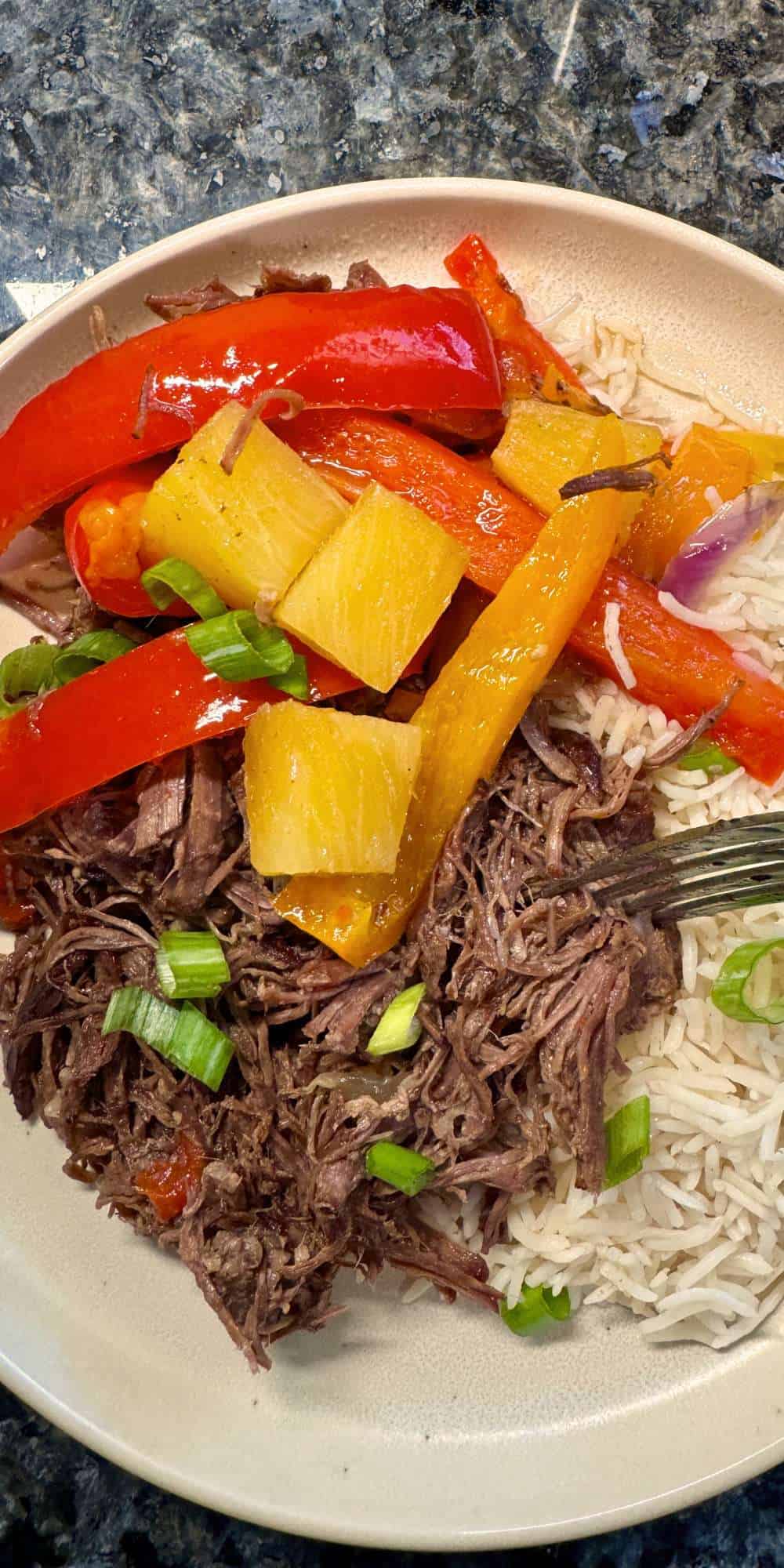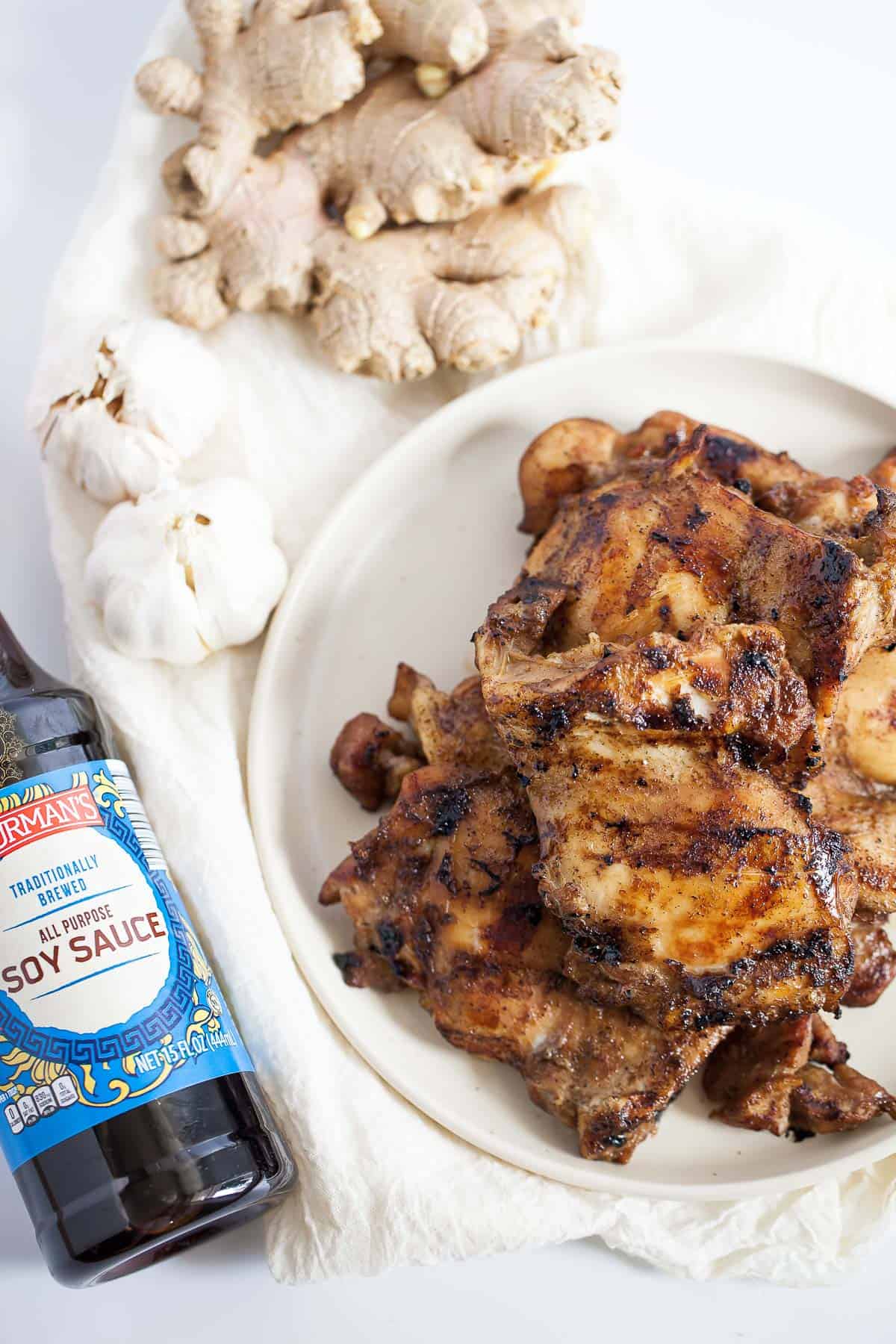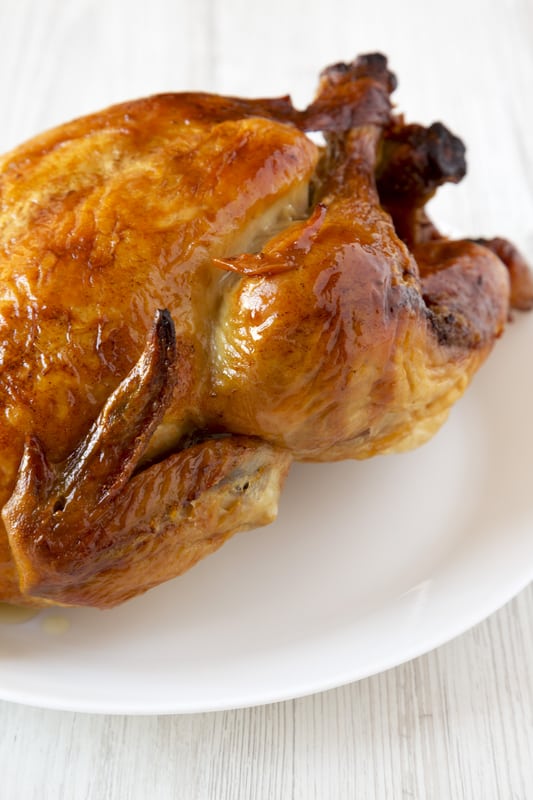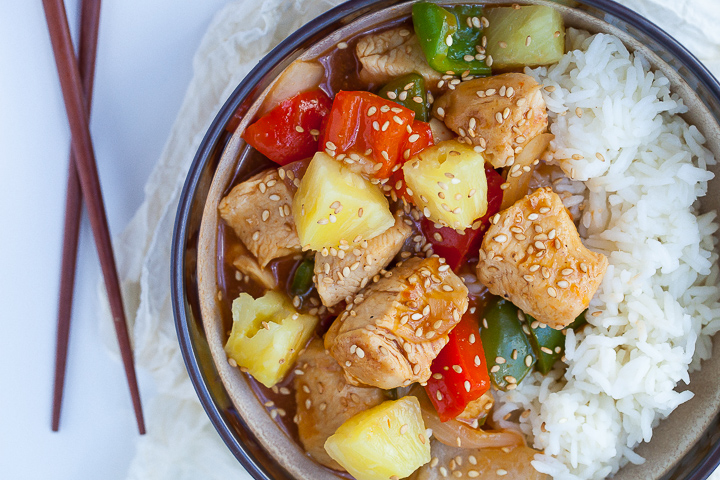15 Best Ways To Use Unflavored Protein Powder In Savory Foods
Looking to boost your protein intake while enjoying delicious savory dishes? Learn 15 Ways To Use Unflavored Protein Powder in your favorite savory recipes, from soups and sauces to meatballs and pancakes. Get ready to transform your meals into protein-packed powerhouses with these quick and easy ideas.
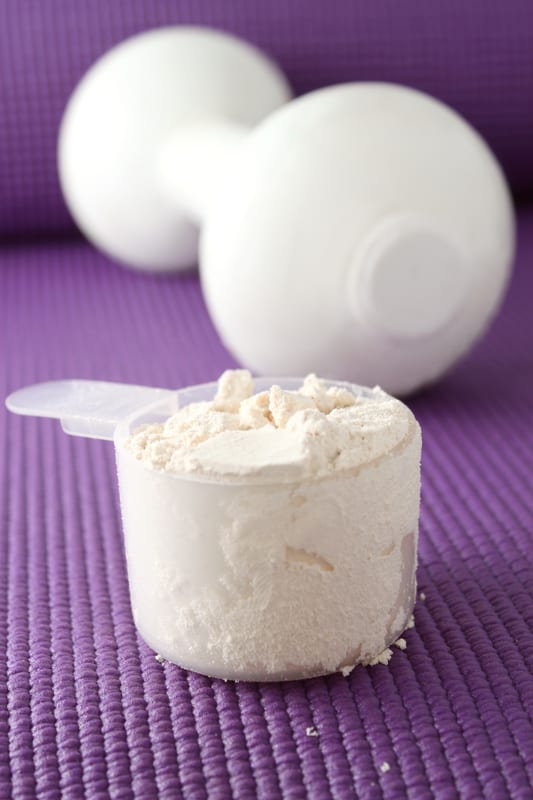
Protein is an essential macronutrient that plays a crucial role in building and repairing tissues, supporting a healthy immune system, and maintaining optimal bodily functions. While it’s commonly associated with gym-goers and athletes, protein powder can benefit individuals from all walks of life.
One of the key advantages of incorporating savory protein powder into your diet is the convenience it offers. With busy schedules, it can be challenging to prepare protein-rich meals throughout the day. Protein powder allows you to quickly and easily meet your protein requirements by simply mixing it with water or milk or blending it into smoothies. By using unflavored protein powder, you can go beyond the protein shake and add it to many savory dishes!
Unflavored protein powder is a popular choice for those who prefer to customize the flavor of their protein-rich creations. It’s a blank canvas that can seamlessly integrate into both sweet and savory dishes. When it comes to unflavored protein powder, you have several options to choose from if you want savory protein powder recipes.
💫Best Unflavored Protein Powders
- Whey Protein: Derived from milk, whey protein is one of the most popular and widely available types of protein powder. It is known for its high bioavailability and complete amino acid profile.
- Casein Protein: Also derived from milk, casein protein is another common option. It is slower-digesting compared to whey protein, providing a sustained release of amino acids. This makes it a suitable choice for those looking for prolonged protein absorption, such as before bed.
- Soy Protein: Made from soybeans, soy protein powder is a plant-based option. It is an excellent choice for vegetarians and vegans, as it is a complete protein containing all essential amino acids.
- Pea Protein: Derived from yellow peas, pea protein powder is a popular plant-based alternative. It is rich in essential amino acids and has a high protein content. Pea protein is hypoallergenic, making it suitable for individuals with soy or dairy allergies.
- Rice Protein: Made from brown rice, rice protein powder is another plant-based option. It is easily digestible and has a balanced amino acid profile.
- Hemp Protein: Derived from hemp seeds, hemp protein powder is a vegan-friendly choice. It is a good source of omega-3 fatty acids, fiber, and minerals. Hemp protein is easily digestible and has a nutty flavor.
- Egg White Protein: Extracted from egg whites, egg white protein powder is a complete protein source. It is low in fat and carbohydrates, making it a suitable option for individuals following a low-carb or ketogenic diet.
- Collagen Protein: Collagen protein powder is sourced from animal bones and tissues. It is rich in amino acids that support joint health, skin elasticity, and hair growth. Collagen protein is often used for its benefits beyond muscle recovery and is popular in beauty and wellness circles.
- Mixed Plant-Based Protein Blends: Some protein powders combine multiple plant-based sources, such as a blend of pea, rice, and hemp proteins. These blends aim to provide a more comprehensive amino acid profile.
- Animal-Based Protein Powders: There are additional animal-based protein powders available, such as beef protein, chicken protein, and marine protein (derived from fish). These options cater to individuals with specific dietary preferences or restrictions.
🥘15 Unflavored Protein Powder Recipes
- Protein-Rich Soup Thickener: Add 1-2 tablespoons of protein powder to your soup while it’s cooking. Stir well to incorporate.
- Breading for Chicken or Fish: Combine 1/2 cup of protein powder with desired seasonings. Coat chicken or fish with the mixture before frying or baking
- Protein-Packed Meatballs: Mix 1/2 cup of protein powder into your favorite meatball recipe. Shape into balls and cook as usual.
- High-Protein Pancakes: Add 2 tablespoons of protein powder to your pancake batter. Cook as you normally would.
- Protein-Infused Hummus: Blend 1/4 cup of protein powder with chickpeas, garlic, tahini, lemon juice, olive oil, and salt for a protein-rich hummus dip.
- Savory Protein Smoothie: Blend 1 scoop of protein powder with vegetable broth, leafy greens, herbs, and spices for a nutrient-dense savory smoothie.
- Protein Pasta Sauce: Mix 2 tablespoons of protein powder into your pasta sauce. Simmer for a few minutes to thicken and enhance the protein content.
- Protein Guacamole: Mash avocados and mix in 2 tablespoons of protein powder, lime juice, diced tomatoes, onions, and cilantro for protein-packed guacamole.
- High-Protein Salad Dressing: Whisk together 1 tablespoon of protein powder, olive oil, vinegar, mustard, and seasonings to create a protein-rich salad dressing.
- Protein-Stuffed Omelet: Instructions: Beat eggs with 1 tablespoon of protein powder. Cook the omelet as usual, adding your favorite fillings.
- Protein Curry: Stir 1-2 tablespoons of protein powder into your curry sauce while it’s simmering. This will boost the protein content.
- Protein Quiche: Mix 1/4 cup of protein powder with eggs, milk, and desired fillings. Pour into a pie crust and bake until set.
- Protein-Rich Gravy: Whisk 1-2 tablespoons of protein powder into your gravy while it’s cooking to increase its protein content.
- Savory Protein Muffins: Incorporate 1/2 cup of protein powder into your favorite savory muffin recipe. Bake as directed.
- Protein Pizza Crust: Replace a portion of the flour in your pizza dough recipe with protein powder. Roll out the dough and add your favorite toppings before baking.
👩🏻🍳Chef’s Tips
- Choose a Reputable Brand: Opt for a well-known and trusted brand when purchasing unflavored protein powder. Look for products that have undergone third-party testing to ensure quality, purity, and accurate labeling. This will ensure the best unflavored whey protein recipes.
- Read Ingredient Labels: Carefully examine the ingredient list of the protein powder you’re considering. Ideally, it should contain minimal additives and fillers. Avoid products with excessive amounts of artificial sweeteners, flavors, or preservatives.
- Store Properly: Store your unflavored protein powder in a cool, dry place away from direct sunlight. Exposure to heat, moisture, and light can degrade the protein powder over time. Follow the storage instructions provided by the manufacturer for optimal freshness.
- Use Appropriate Quantities: Follow the recommended serving sizes provided on the packaging or as suggested by a nutritionist or dietitian. Adding excessive amounts of unflavoured protein powder recipes may alter the texture and taste, affecting the overall quality of thethe food.
How To Use Unflavored Protein Powder (In savory foods!)
Ingredients
- 2 scoops Protein Powder unflavored
Instructions
- Protein-Rich Soup Thickener: Add 1-2 tablespoons of protein powder to your soup while it's cooking. Stir well to incorporate.
- Breading for Chicken or Fish: Combine 1/2 cup of protein powder with desired seasonings. Coat chicken or fish with the mixture before frying or baking
- Protein-Packed Meatballs: Mix 1/2 cup of protein powder into your favorite meatball recipe. Shape into balls and cook as usual.
- High-Protein Pancakes: Add 2 tablespoons of protein powder to your pancake batter. Cook as you normally would.
- Protein-Infused Hummus: Blend 1/4 cup of protein powder with chickpeas, garlic, tahini, lemon juice, olive oil, and salt for a protein-rich hummus dip.
- Savory Protein Smoothie: Blend 1 scoop of protein powder with vegetable broth, leafy greens, herbs, and spices for a nutrient-dense savory smoothie.
- Protein Pasta Sauce: Mix 2 tablespoons of protein powder into your pasta sauce. Simmer for a few minutes to thicken and enhance the protein content.
- Protein Guacamole: Mash avocados and mix in 2 tablespoons of protein powder, lime juice, diced tomatoes, onions, and cilantro for protein-packed guacamole.
- High-Protein Salad Dressing: Whisk together 1 tablespoon of protein powder, olive oil, vinegar, mustard, and seasonings to create a protein-rich salad dressing.
- Protein-Stuffed Omelet: Instructions: Beat eggs with 1 tablespoon of protein powder. Cook the omelet as usual, adding your favorite fillings.
- Protein Curry: Stir 1-2 tablespoons of protein powder into your curry sauce while it's simmering. This will boost the protein content.
- Protein Quiche: Mix 1/4 cup of protein powder with eggs, milk, and desired fillings. Pour into a pie crust and bake until set.
- Protein-Rich Gravy: Whisk 1-2 tablespoons of protein powder into your gravy while it's cooking to increase its protein content.
- Savory Protein Muffins: Incorporate 1/2 cup of protein powder into your favorite savory muffin recipe. Bake as directed.
- Protein Pizza Crust: Replace a portion of the flour in your pizza dough recipe with protein powder. Roll out the dough and add your favorite toppings before baking.
